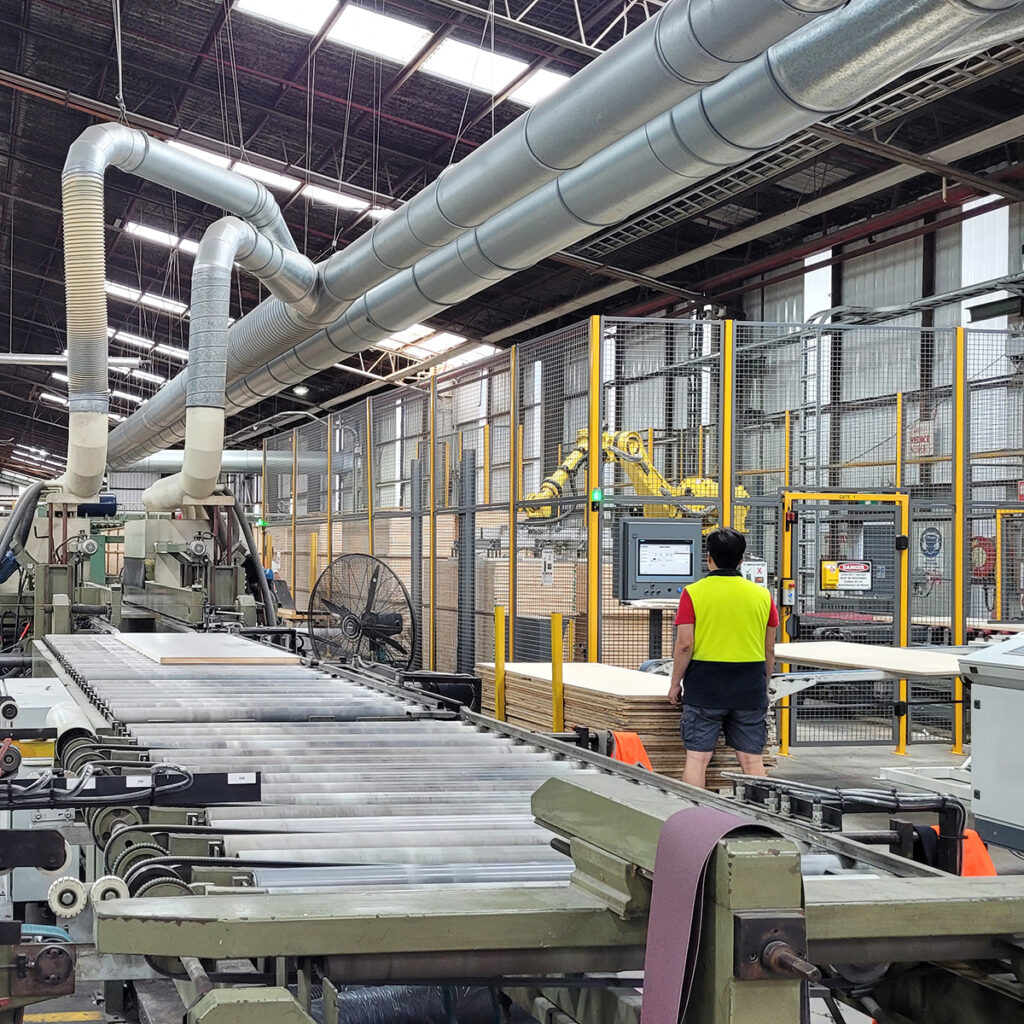When we want to light a fire, we introduce an ignition source to a combustible material, such as using a match to burn paper or an electrical spark to light a gas heater. However, if we inadvertently create a combination of combustible material and an ignition source, the results can be disastrous.
Advitech recently helped a local manufacturing business to assess and manage the risk of such an event occurring at their facility in NSW.
The client
Hume Doors & Timber is a 100% Australian owned family company that has been in operation for 70 years. Hume has grown to be one of Australia’s largest door manufacturers with operations in every capital city and strategically placed regional branches within Australia and New Zealand.
The issue
Hume Doors required assistance with Hazardous Area Classification (HAC) of its Lansvale facility to ensure ongoing compliance with the current version of the wiring rules AS/NZS 3000:2018.
The wiring rules now require that the AS/NZS 60079 series of standards are followed for electrical equipment in areas where dangerous concentrations and quantities of flammable gases, vapours, mists or dusts may be present.
Working with timber, quantities of wood dust are produced, and in combination with electrical equipment and wiring, there is a risk that needs to be understood and managed.
Challenges
Hume Doors operates a large variety of woodworking machinery, from modern CNC routers to traditional table saws, all connected to significant dust extraction and handling systems. The variety of woodworking processes results in many dust generation sources.
This precludes the application of typical hazardous area classification procedures for various reasons, presenting a particular challenge in cost-effective application of the AS/NZS 60079 standards.
Our Solution
A detailed site inspection enabled Advitech to appreciate the dust control measures and dust generation potential of each machine and work area. Ventilation and extraction arrangements could be understood quickly.
Advitech was able to categorise release sources and efficiently classify in accordance with AS/NZS 60079.10.1 or AS/NZS 60079.10.2 in a manner that reflects the reality of dust generation. Efficient and realistic hazardous areas classification allowed Hume Doors to achieve dust explosion hazard compliance in a cost-effective manner.
Advitech’s experienced drafting team were able to clearly illustrate the variety of hazardous areas. Hazardous area drawings form an important communication tool, ensuring hazards can be effectively identified for a wide variety of personnel and therefore managed. In this project the clear, high-quality drawings assisted the client to continue managing combustible dust hazards into the future.
What we learned
When assessing hazardous areas, the value of site inspections cannot be understated. What may seem to be a simple matter of ‘ticking the box’ can become complex when applying the requirements of hazardous area standards.
Understanding the process, the site environment and ventilation arrangements along with the intent of the standards, can significantly improve results for clients by avoiding both overly conservative classification and ensuring all release sources are captured and classified.
